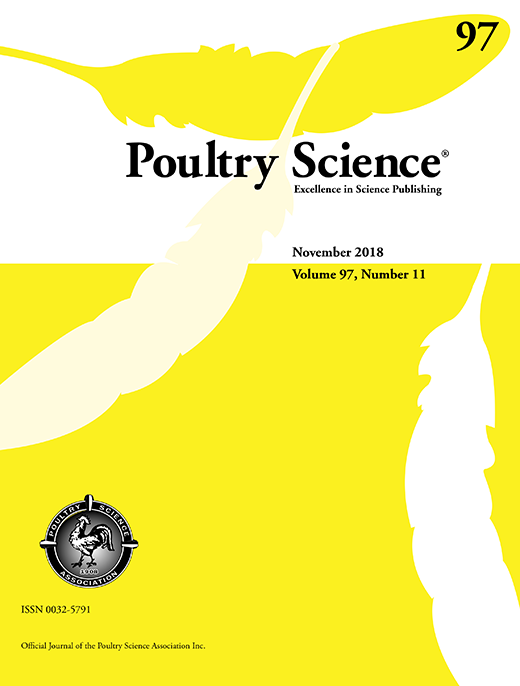Ver ítem
- xmlui.general.dspace_homeCentros Regionales y EEAsCentro Regional Entre RíosEEA Concepción del UruguayArtículos científicosxmlui.ArtifactBrowser.ItemViewer.trail
- Inicio
- Centros Regionales y EEAs
- Centro Regional Entre Ríos
- EEA Concepción del Uruguay
- Artículos científicos
- Ver ítem
Comparison of 7 culture methods for Salmonella serovar Enteritidis and Salmonella serovar Typhimurium isolation in poultry feces
Resumen
The present work compared 7 different culture methods and 3 selective-differential plating media for Salmonella ser. Enteritidis (SE) and S. ser. Typhimurium (ST) isolation using artificially contaminated poultry feces. The sensitivity (Se) and accuracy (AC) values increased when Modified Semisolid Rappaport Vassiliadis (MSRV) methods were used in place of the Tetrathionate (TT) or Tetrathionate Hajna broth (TTH) method in the enrichment step. However,
[ver mas...]
The present work compared 7 different culture methods and 3 selective-differential plating media for Salmonella ser. Enteritidis (SE) and S. ser. Typhimurium (ST) isolation using artificially contaminated poultry feces. The sensitivity (Se) and accuracy (AC) values increased when Modified Semisolid Rappaport Vassiliadis (MSRV) methods were used in place of the Tetrathionate (TT) or Tetrathionate Hajna broth (TTH) method in the enrichment step. However, there was no significant difference between the pre-enrichment incubation at 4 to 6 and 18 to 24 h for MSRV5 and MSRV24 methods, respectively. All Salmonella strains were recovered in the lowest dilutions tested for MSRV24 and 3 out of 4 for MSRV5 methods (2 to 10 cfu/25 g). The TT and TTH methods showed a detection limit between 2.2 × 101 and 1.0 × 106 cfu/25 g of fecal sample. The agreement was variable between the methods. However, there was a very good agreement between the MSRV5 and MSRV24 methods, and between tetrathionate direct (TTD, no pre-enrichment media used) and buffered peptone water 18 to 24 h Tetrathionate broth combination (TT24 method) for Salmonella strains. The 3 selective-differential plating media showed an agreement between fair and excellent. They performed a high Se and AC in the MSRV methods for Salmonella strains. There was a significant difference between center and periphery for MSRV methods, and there was a fair agreement between them for all strains. The MSRV methods are better than TT/TTH methods for the isolation of different strains of SE and ST in poultry fecal samples. The MSRV5 method can be used to reduce the time for the detection of SE and ST in these samples. Furthermore, a loopful of the periphery of the growth should be streaked onto differential-selective plating media, even in the absence of halo, to decrease the number of false negative results.
[Cerrar]

Fuente
Poultry Science 97 (11) : 3826–3836 (November 2018)
Fecha
2018-11
Editorial
Oxford Academic Press
ISSN
0032-5791
1525-3171
1525-3171
Formato
pdf
Tipo de documento
artículo
Palabras Claves
Derechos de acceso
Abierto
 Excepto donde se diga explicitamente, este item se publica bajo la siguiente descripción: Creative Commons Attribution-NonCommercial-ShareAlike 2.5 Unported (CC BY-NC-SA 2.5)
Excepto donde se diga explicitamente, este item se publica bajo la siguiente descripción: Creative Commons Attribution-NonCommercial-ShareAlike 2.5 Unported (CC BY-NC-SA 2.5)


